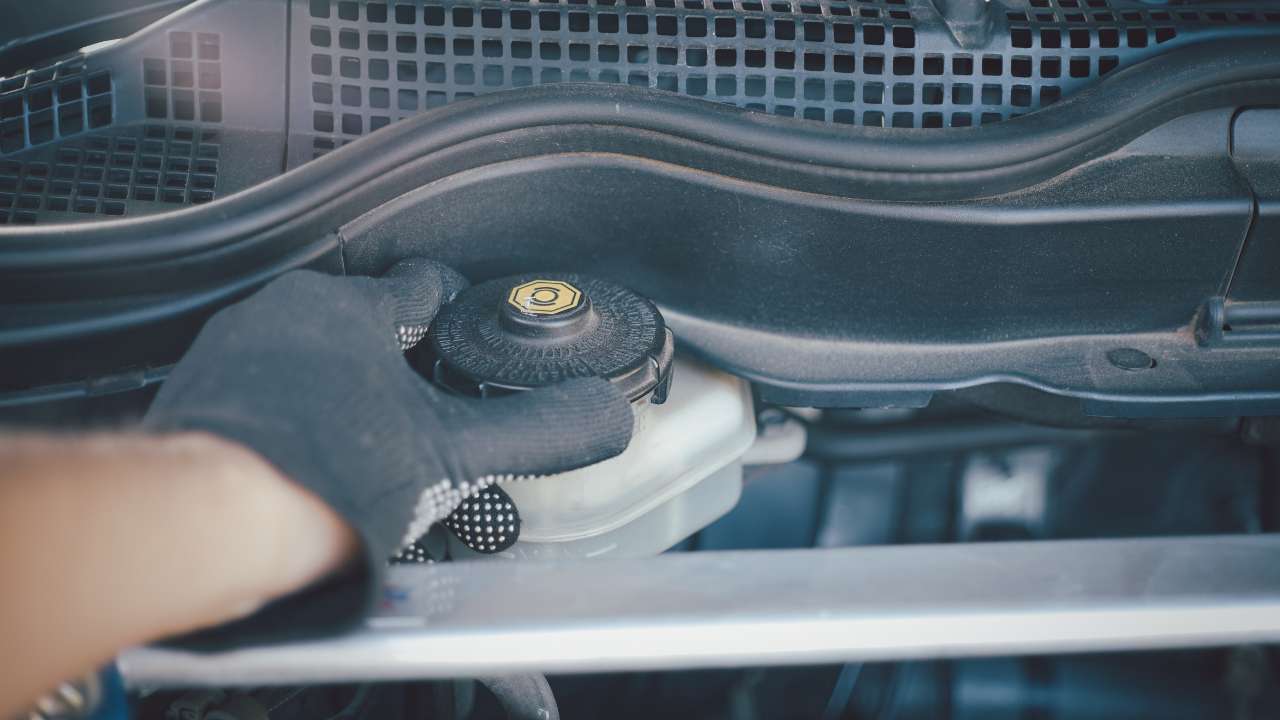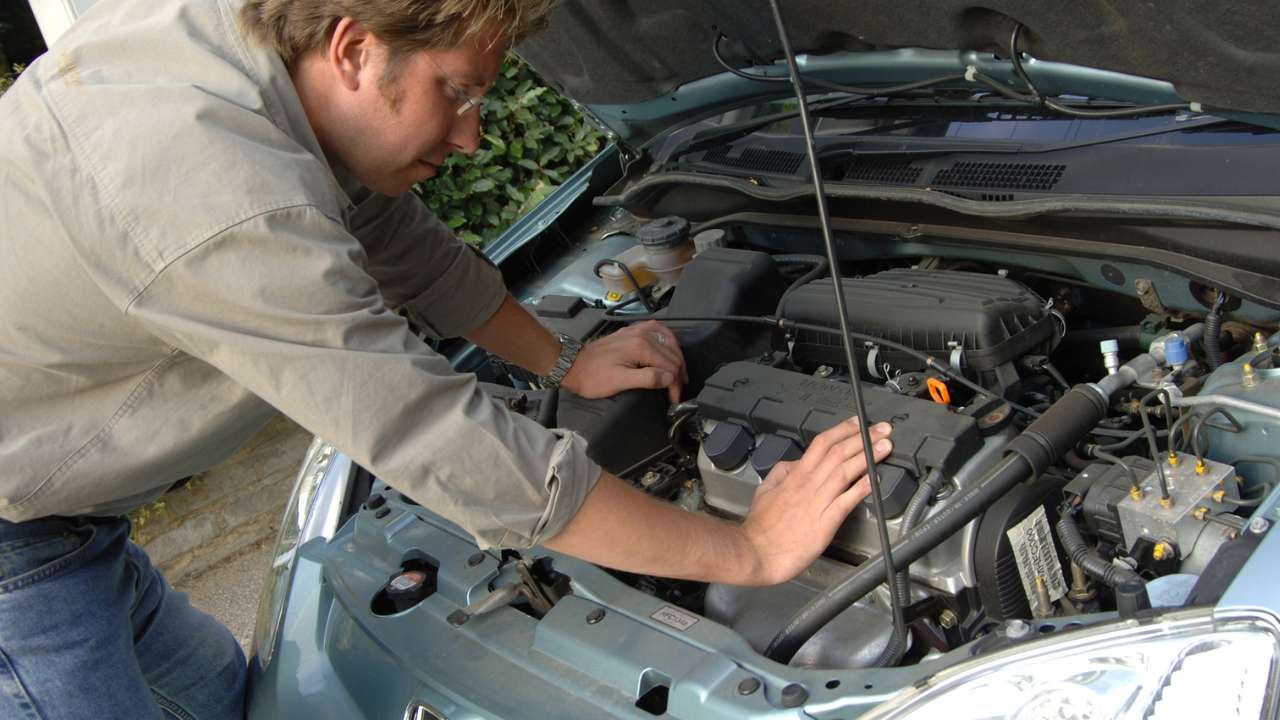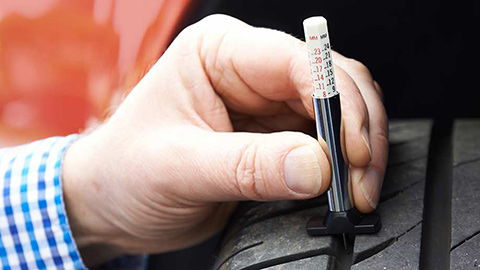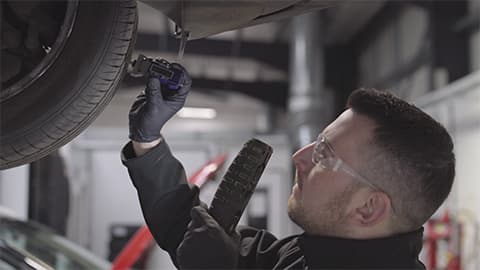Guide: How to Check Your Car's Power Steering Fluid Level
15th Mar 2024
Why should you check your car's power steering fluid?
Checking your vehicle’s power steering fluid level (if applicable) is crucial to maintaining the vehicle's steering system. That’s because, cars with hydraulic power-steering systems enable the driver to turn the wheel with ease and without having to put a lot of effort in.
If you can hear a high-pitch noise coming from your steering wheel or if you’re having difficulty turning it, it’s likely your power steering fluid level is too low and needs topping up. This guide will help you check your steering fluid level and explain how you can top it up step by step.
Contents
- Step 1: What you’ll need
- Step 2: Locate the power steering fluid reservoir
- Step 3: Check the power steering fluid level
- Step 4: Top up the power steering fluid
Step 1: What you’ll need
Checking your vehicle’s power steering fluid should be a quick and easy task. It should take a few short steps that can be performed in three to five minutes at most.
The first step is making sure you have all the items you’re going to need at hand. In this case, you’ll only need the power steering fluid, a funnel (not essential, but recommended) and a cloth or a piece of kitchen towel.
There are different types of power steering fluids, so it’s important to make sure you buy the correct one for your vehicle. This information usually can be found on the lid of the power steering fluid reservoir or in your vehicle’s owner’s manual.
Make sure the vehicle isn’t running at the time you’re opening the cap of the reservoir. The power steering fluid can get hot, and keeping the vehicle turned off whilst you work is the safest way of avoiding accidents.
Step 2: Locate the power steering fluid reservoir
This step is quite simple, as power steering fluid reservoirs are usually located in the same place, except for a few. The reservoir could be made of either plastic or metal, and you can usually find it towards the rear of the engine bay, typically on the driver's side.
If you’re having difficulty locating it, you can use your vehicle’s owner guide for reference.
The lid or the top of the container should be properly labelled as well, making it easier to locate the reservoir.
Step 3: Check the power steering fluid level
There are two ways of checking the power steering fluid level. If the reservoir cylinder is made of clear plastic, you should be able to see the level right in the container. The manufacturer marks lines in the container, so you can check if the level is too low or not.
If your reservoir cylinder is not transparent enough or is made of metal, you can use a dipstick to see if you need to top it up.
Remove the cap from the reservoir and the dipstick should have three lines: low, medium and high. The low line indicates the minimum amount of fluid you should have, and the high mark the maximum amount.
It’s important to keep in mind that it’s not recommended to fill the reservoir over the high line. That’s because power steering fluid expands with heat, and if you fill out the cylinder, you could have spillage or cause other problems to your vehicle.
Some cars may have a dipstick that measures the fluid by their temperature. In that case, there should be a line indicating the level the fluid should be when cold (on one side) and hot (on the other side).
Step 4: Top up on power steering fluid
Before adding any more fluid to the reservoir, make sure its colour is as it should be. Most power steering fluids are red and clear. Black fluid indicates that it would benefit from being replaced, and that job requires experienced and skilled labour. It’s advisable that you avoid draining it yourself and take the vehicle to your nearest Evans Halshaw dealership.
Now that you know your power steering fluid level and checked that its colour is as it should be, use the assistance of a funnel to top up the fluid as needed, not forgetting to use the cloth to clean out any spillages.
Close the cylinder with the cap once done.
Need help maintaining your vehicle?
Keeping your vehicle’s maintenance up to date is crucial for your comfort and safety. It’s recommended that you check the power steering fluid level four times a year, to make sure everything is topped up, so the vehicle can work like it’s supposed to.
If you need more advice on how to look after your vehicle, we have several articles explaining how you can maintain your car properly, including step-by-step guides in text and video. Make sure to check out the maintenance section of our blog, and if you need professional assistance, we have a dedicated page with our services.







